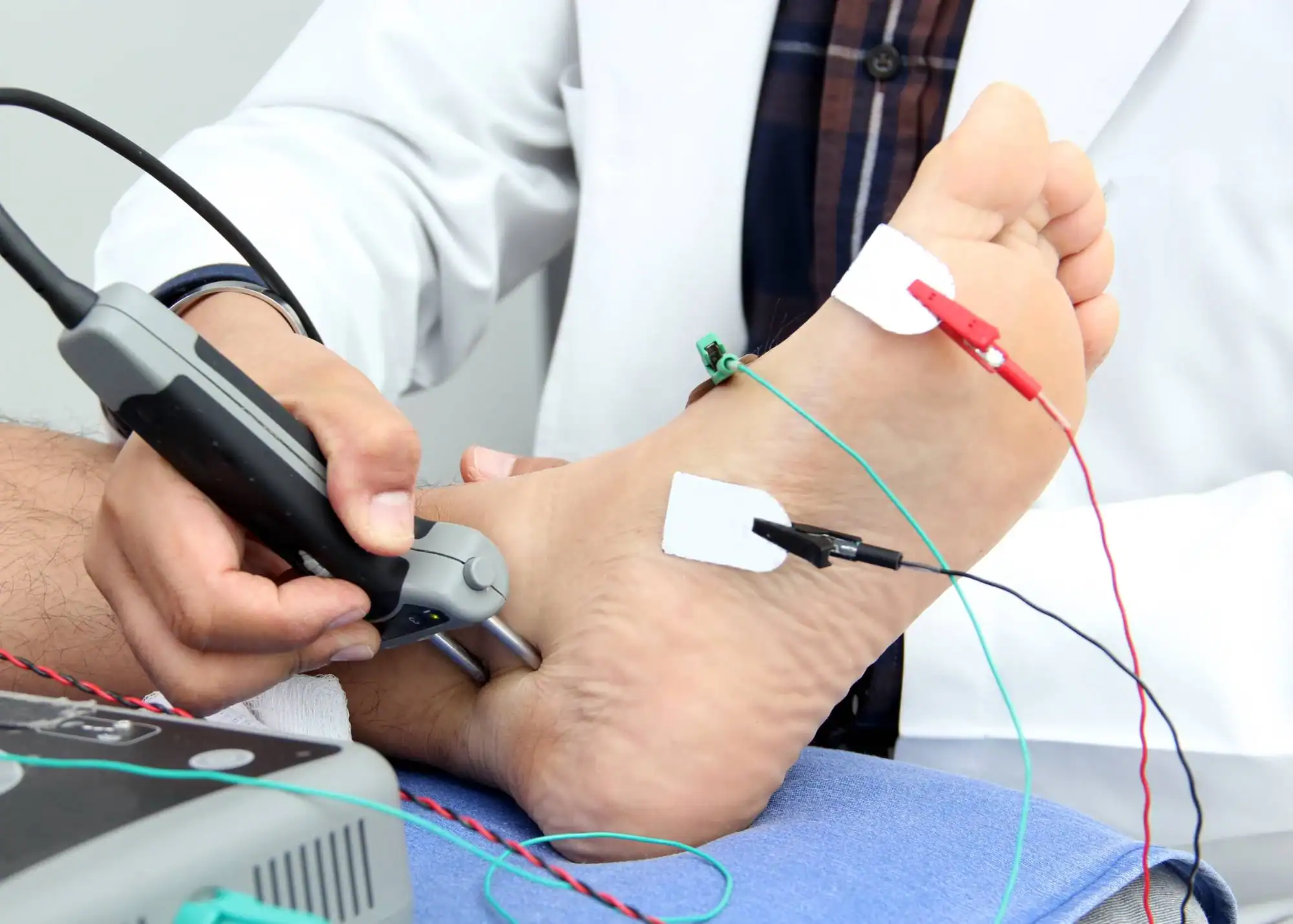Precise nerve and muscle diagnostic testing that pinpoints exactly what’s causing your symptoms.
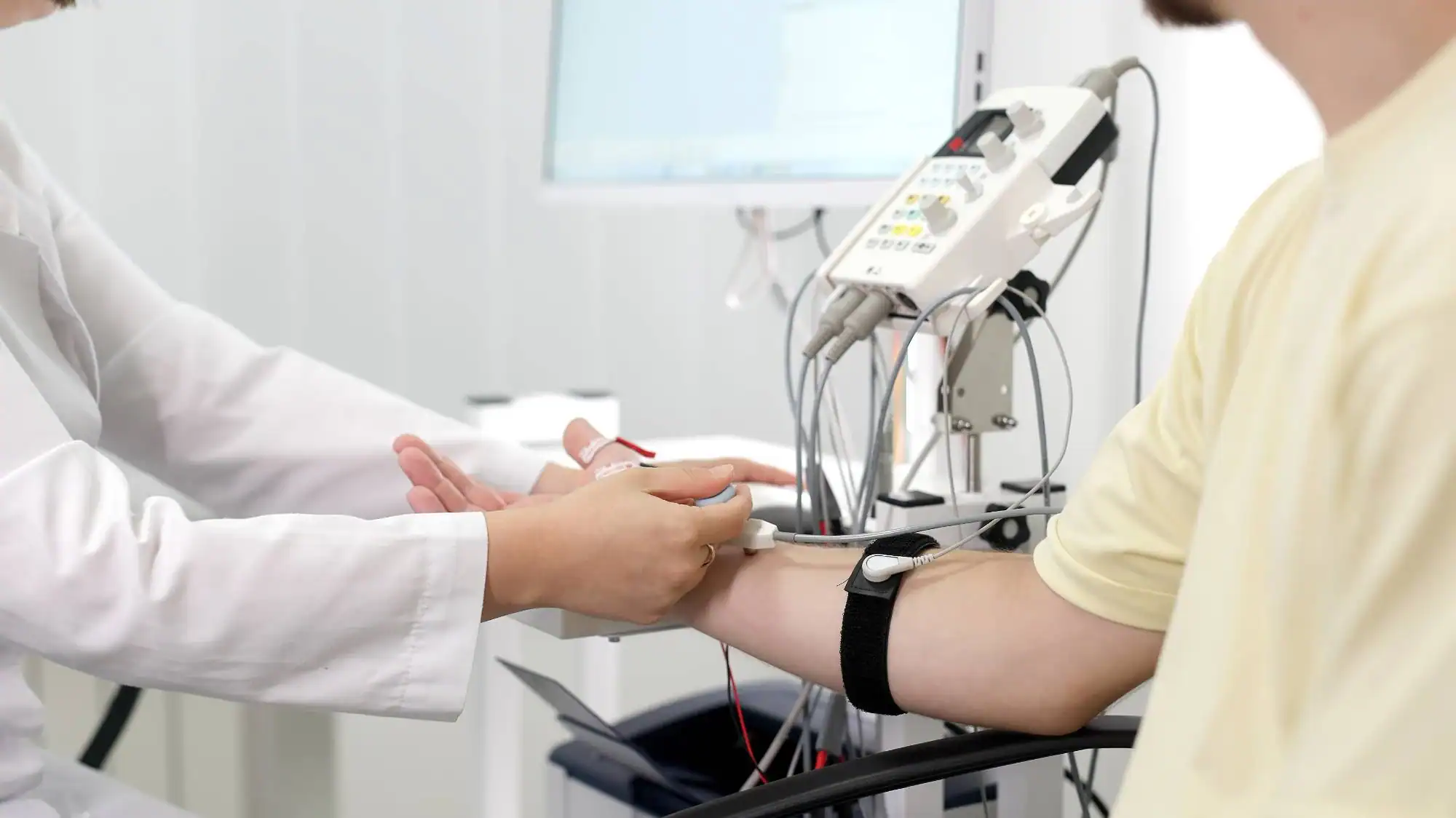
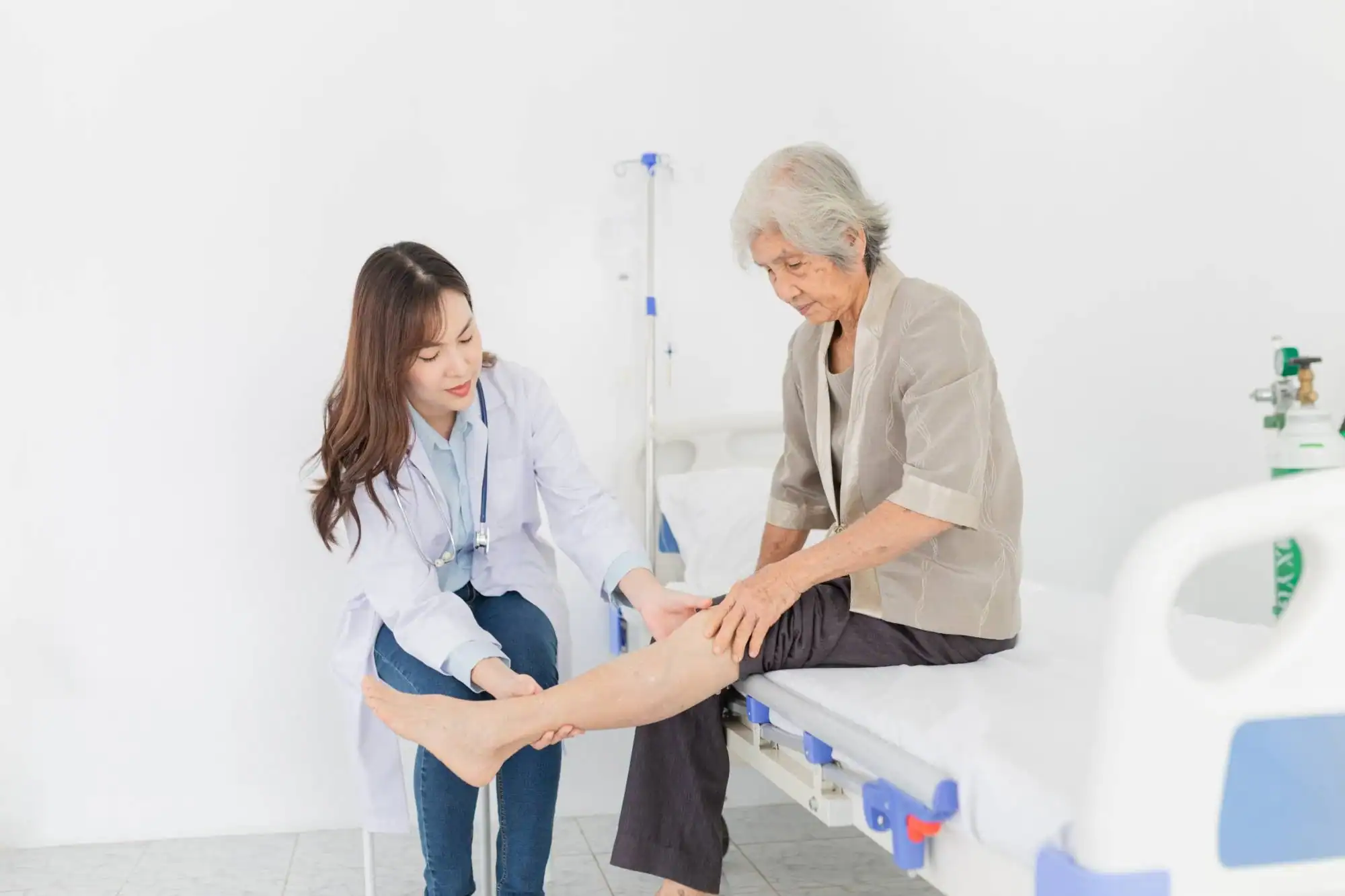
You’re tired of guessing. That numbness in your hands, the shooting pain down your leg, the weakness that’s getting worse – you need to know what’s actually happening in your body.
Nerve and muscle testing gives you concrete answers. Instead of trying treatments that might work, you’ll know exactly which nerves or muscles are affected and how severely. This means your treatment can target the real problem, not just the symptoms.
When you understand what’s wrong, you can make informed decisions about your care. No more wondering if that tingling will get worse or if you’re dealing with something serious. You’ll have the facts you need to move forward with confidence.
NY Spine Medicine has been serving Brooklyn residents with specialized spine and nerve care for years. We focus specifically on diagnosing and treating conditions that affect your spine, nerves, and muscles.
We use advanced diagnostic equipment and have extensive experience interpreting nerve conduction studies and EMG results. We understand that accurate diagnosis is the foundation of effective treatment.
Located in Brooklyn, we’ve built a reputation for thorough evaluations and clear communication with patients about their test results and treatment options.
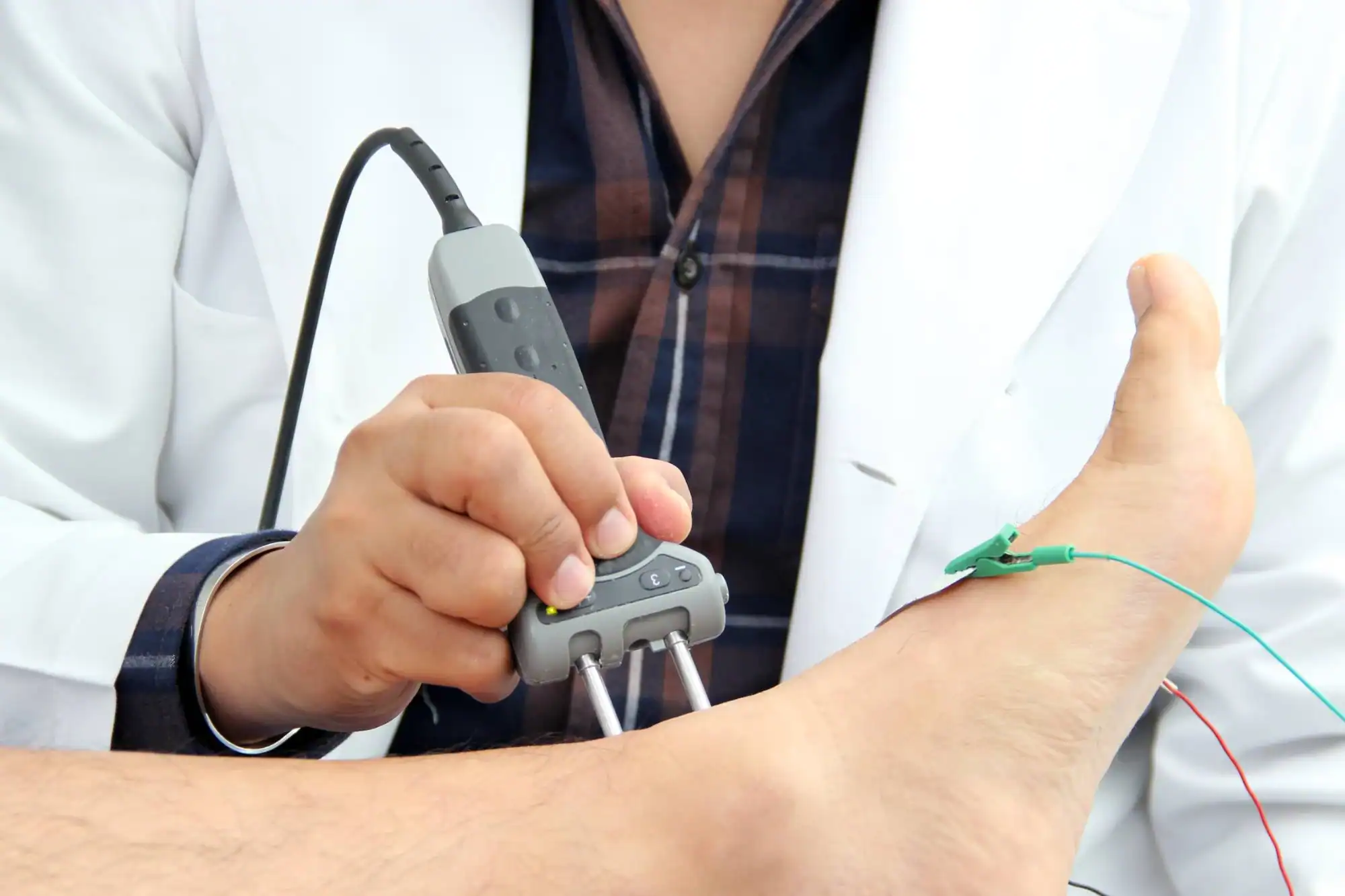
The process starts with a consultation about your symptoms and medical history. We need to understand exactly what you’re experiencing and when it started.
During the nerve conduction study, small electrodes are placed on your skin to measure how well electrical signals travel through your nerves. You’ll feel brief, mild electrical pulses – most people describe it as similar to static electricity.
The EMG portion involves inserting thin needles into specific muscles to measure their electrical activity. While this sounds uncomfortable, the needles are very fine and most patients tolerate it well. The entire process typically takes 30-60 minutes, and you’ll get preliminary results immediately.
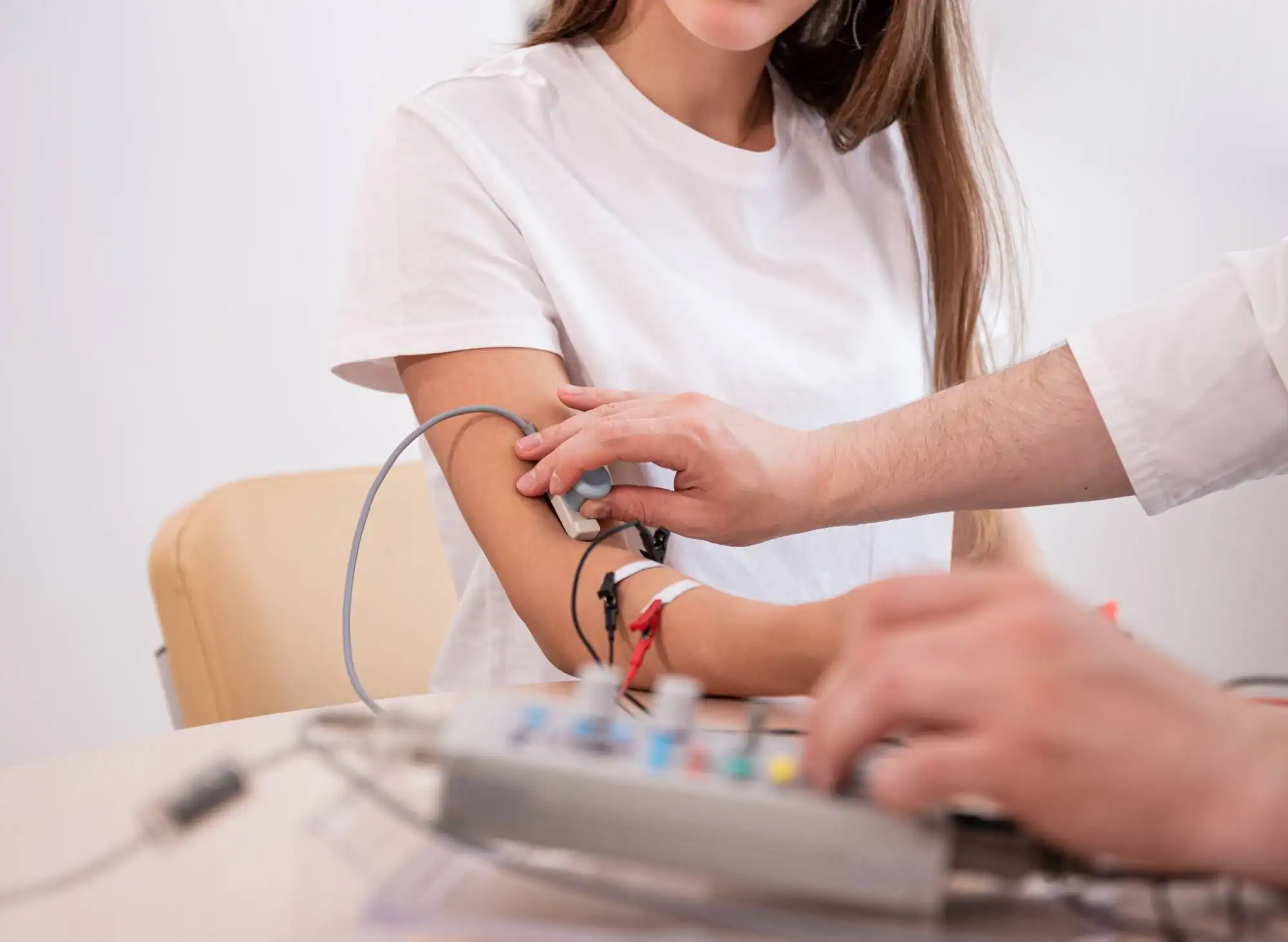
Ready to get started?
Your nerve and muscle testing includes both electromyography (EMG) and nerve conduction studies (NCV). This combination gives a complete picture of how your nerves and muscles are functioning.
The testing can identify conditions like carpal tunnel syndrome, pinched nerves, diabetic neuropathy, muscle disorders, and spinal nerve compression. You’ll also receive a detailed explanation of your results and what they mean for your treatment options.
Most insurance plans cover nerve and muscle diagnostic testing when medically necessary. We handle insurance authorization and can verify your coverage before your appointment.
